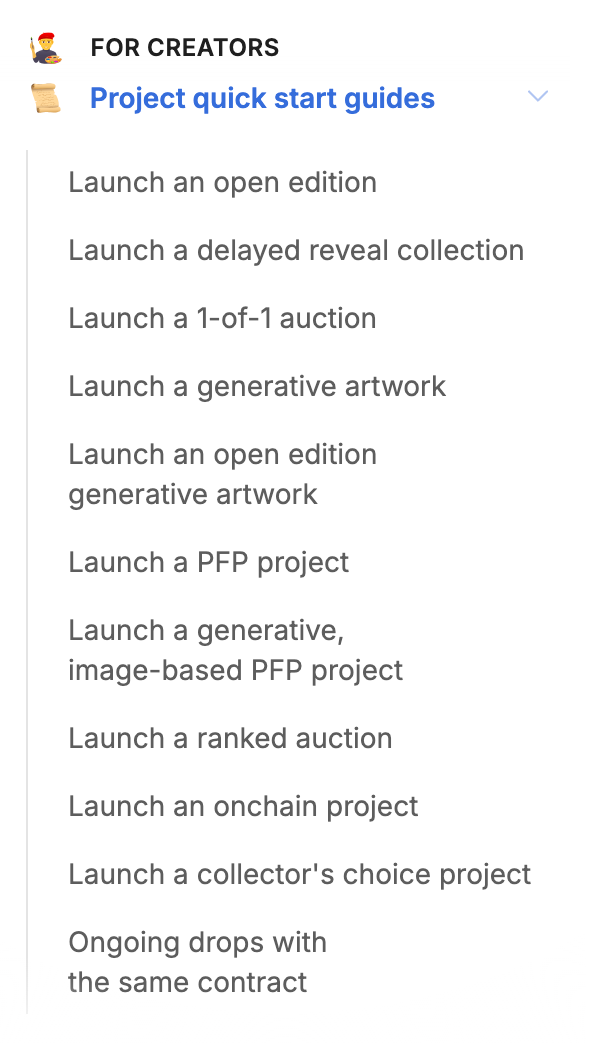Highlight and the onchain multimedia moment


Cast your mind back to the early days of the internet. (If you weren’t there, don’t worry, I’ll explain. Besides, I wasn’t there either!) Not the very earliest days, but the moment when the internet upgraded to audiovisual.
Once upon a time, movies went from silent to sound, then from B&W to color. In a much shorter timespan, the internet went from text-only to text-with-pictures, then the multimedia smorgasbord we know and love today.
But it wasn’t easy, at first. If you were an animator, say, or a DIY film geek, the internet was 1) an amazing new venue for distributing your work without gatekeepers, and 2) an enormous technical challenge. For example, making video files playable on multiple browsers was an intimidating feat. Merely the word “encoding” would make veterans of this era shudder.
Along came YouTube. (Eventually — YouTube was neither the first nor the only company to take a swing at a user-friendly video hosting platform, but we’re skimming historical minutia, okay?) YouTube abstracted the fussy technical bits so that creators could focus on creating. Before long, YouTube helped creators get paid, first by advertisers, then also by supportive fans.
Here’s the point: this is where we’re at with NFTs. Finally, there are publishing platforms that offer a sensible, satisfying user experience to both artists and collectors. Nat Emodi runs one of them.
Multitool for creators
I got the web video analogy from Nat Emodi, cofounder and CEO of Highlight, an NFT hub that leads the charge with just about every feature you can think of. Highlight is a veritable Swiss Army knife for creators who want to explore the novel artistic and commercial possibilities of crypto art.
Nat told Splits that Highlight was born from observing artists’ frustration, which inspired “a vision for a platform that was easy for any type of creator to create digital assets.” Any type of creator, not just those familiar with code. Highlight was born in 2021, but the team spent about six months on user research before beginning to build. They realized “there wasn’t anything that was a code-free interface to create an NFT product.”
Early NFTs diverge from the history of web video: monetization was built in from the start. What’s similar, however, is that artists have faced daunting technical hurdles if they hoped to share their work without tearing their hair out, especially if they wanted to push the envelope.
Luckily for those artists, Highlight does it all. Again, the platform is a Swiss Army Knife for NFT purveyors. Look at this screenshot from the help center:

Maximum flexibility, minimal hassle. Not zero hassle — this is still crypto, after all. But getting closer.
In addition to its suite of creator tools, Highlight hosts a secondary marketplace, which the company is currently revising and expanding. “A lot of marketplaces have trended toward trading in different ways, but we think there’s a product that’s missing that’s really inclusive and has a creator-first mindset,” Nat said.
On the collector side, if you search the name of a favorite artist on many NFT marketplaces, you’ll see the equivalent of jumbled eBay listings, rather than a coherent portfolio to peruse. Highlight wants to “build a creator-centric platform in the way that YouTube is a creator-centric platform,” which includes the marketplace.
Highlight supports buying and selling across all of the OP Stack “superchain,” not limited to projects launched through Highlight. The company has aggressively adopted L2s and “scenecoins” like Degen, continually adapting as the Ethereum ecosystem shifts and grows.
Art-driven development
The mission is empowering artists — a hackneyed phrase, perhaps; nonetheless a powerful directive. For example, while Highlight’s “most complex set of tools is around generative products,” Nat told Splits, Highlight makes no assumption that generative artists only make generative art. The platform’s fundamental organizing principle is artists’ ambitions, which are multidisciplinary.
Another facet of the Highlight vision is that artists should completely own the assets they produce, and the means of producing those assets. “Full confidence, full autonomy over their work,” as Nat put it, including the underlying contracts. “Creators ultimately should be in control in web3. That means setting the terms of their sales and controlling their own contracts.”
I asked Nat what he thought about the mutating “meta” behind NFT hype cycles. Highlight pays attention only insofar as it informs the tooling artists need. “We’ve really just been following creators and paying attention to their pain points,” he said. “How can we help artists and creators make money from their creativity? We’ve always just been really pragmatic about that.”
“Longterm, being a real home for digital art and culture” is Highlight’s destiny, Nat told Splits. “Digital art is a killer use-case for NFTs,” and greenfield for the next generation of fine art. Traditionally, “art is a world that usually has a lot of gatekeepers and credentials that are needed to be taken seriously.”
Nat is excited about onchain projects that are barely intelligible to stodgy galleries and museums, but which deserve to be evaluated at that level. Profile-picture projects, for example, combine character creation and worldbuilding with the participatory alchemy of internet communities.
How about the future? “We don’t yet have millions or hundreds of millions of people transacting,” Nat pointed out, and ever-elusive mass adoption is always just over the horizon. “When that happens there’s probably opportunities for creators to earn sustainable income from doing things in web3 that are not possible in web2.”
Since the future is not evenly distributed, as the saying goes, artists on Highlight are already making it work. Nat expects the uptake in onchain activity to proceed “slowly and then suddenly — and we’re still in the slow phase.” For now.